|
Antonio Veniero, was born near Sorrento in 1870 and arrived in New York when he was a wide-eyed teen at 15 years old. Young Antonio then went to work in a candy factory. As his skills--and wallet--grew, he bought the building on East 11th Street and in 1894 began producing his own handmade confectionery. When customers asked for other treats and refreshments, he began offering espresso and biscotti. The rest is history... one of the best Italian-American pastry shops was born.
After having just celebrated their 129th year in business, the Veniero family still owns and operates this Manhattan gem. Veniero’s Pasticceria and Caffe 342 East 11th Street (between 2nd and 1st Avenues) New York, NY 10003 Phone: 212-674-7264 --Jerry Finzi During these days of uncertainty, fear, frustration and fatigue, it's often the little things that bring a smile to our faces... In this case, I was sitting down for a midday snack, mindlessly peeling a clementine as I was tuning into a YouTube travel video, when I looked down and saw I had peeled the skin into a perfectly beautiful star.
Look for the little things and build from there. Hoping you are all well... --Jerry Finzi On the streets and back alleys of Italian towns, you might come across a communal dinner like this... a miss-mosh of chairs, tables, sawhorses and plywood hobbled together to create an impossibly long dining table--often blocks long. The celebration might be a birthday, a wedding, a baptism, anniversary or even a more organized event or town festival. But the result is the same... bringing families together in one huge feast, sharing wine, food, laughter and love.
--GVI Citrus fruits were brought to Italy via Sicily by the Arabs around 850 AD. Its warm climate and mild and sea breezes are perfect conditions for large-scale cultivation of many types of citrus. At first only bitter and yellow oranges were grown, though over time sweeter, loose-skinned and even red varieties were developed.
The climate and local conditions in the plain of Catania, near its volcano, is the only place in the world growing Sicilian Blood Oranges. Sicilian citrus groves are found throughout the island region. There are also Mandarins, Tangerines, Cicilian Lemons, and Limette (Sicilian Limes). You'll find this fruit and vegetable barge selling its produce at the base of Ponte dei Pugni, the bridge of fists in the Dorsoduro sestiere (neighborhood), while other vendors move from place to place using other types of watercraft. Look for them while in Venice--it's how the locals buy their fresh produce.
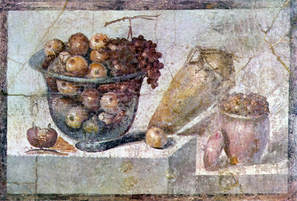 Roman Tromp L'Oeil fresco Roman Tromp L'Oeil fresco The art of Trompe L'oeil (fool the eye) has been around for at least two thousand years... as evidenced by frescoes and mosaics from Pompeii and Herculaneum. Artists have always attempted to make their works seem as realistic as possible, with the goal of having the images leave their flat space on the wall and enter the real world. Of course, it all depends on the skills of the artists' hands and eyes, some being better than others. When they added realistic shadows, cast from the same direction as the real world light in the viewing room, the effect was magical. When they would put a life sized mouse running along the edge of the floor, the reality effect was enhanced. If they made some elements like grapes or vines seeming come right out of the frame and onto the wall, you felt like you could reach out and touch and feel what your eyes perceived. 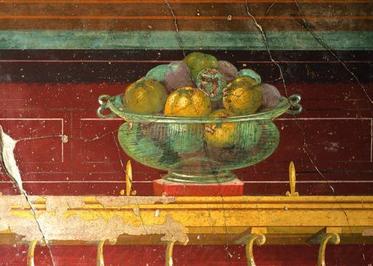 From Oplontis, near Pompeii From Oplontis, near Pompeii Tromp L'Oeil usually keeps the objects the same size as the item is in real life to trick the eye into thinking the two dimensional objects are really three dimensional things coming out of the painting and into our real world, as in ancient bowls of fruit sitting atop faux mantles. Modern day Photo-realism or Hyper-realism painters of today have a different goal: to fool the viewer into thinking that they are not looking at paintings at all, but photographs or digital captures of real life. Hyper-realism is, in essence, Trompe l'Oeil in reverse. And in some cases, the artwork is enormous... dozens of times larger than life. I find it curious that photography has become the symbol of "reality" rather than real life itself. When photography was in its infancy, artists were in an uproar (especially portrait artists) because they were losing assignments to people who they claimed were not artists, but merely technicians clicking the shutter on a machine. In no way could photography become a true art form. It's amazing to see how photography has become both a form of artistic expression and a way to capture reality as if the viewer was looking through a window at the real life scene. As a professional photographer, I also find it curious how it has come full circle and painters are now imitating photography with hyper-realism.
In any event, I've collected a small sampling of hyper-realism paintings of food relating to Italian cuisine... Enjoy the slide show! Ciao... --Jerry Finzi |
Categories
All
Archives
January 2024
|

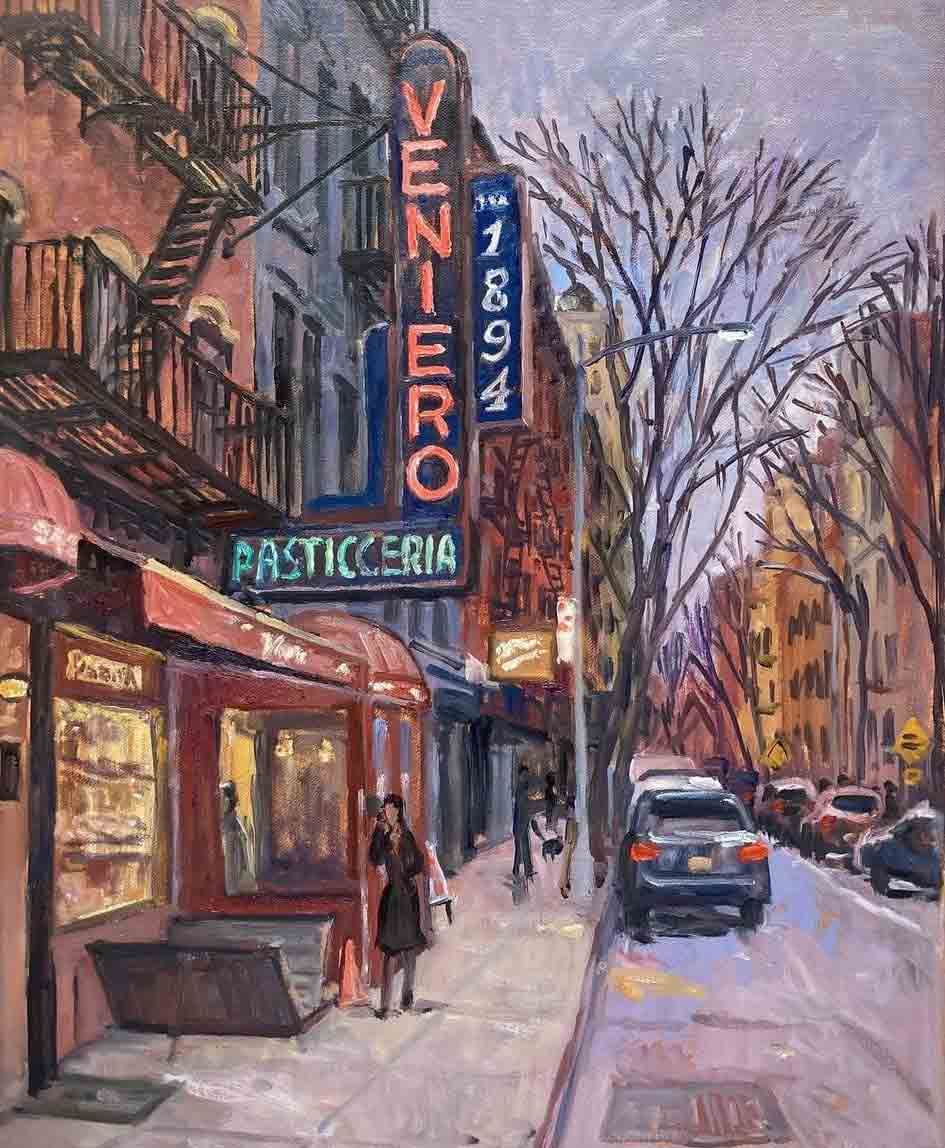
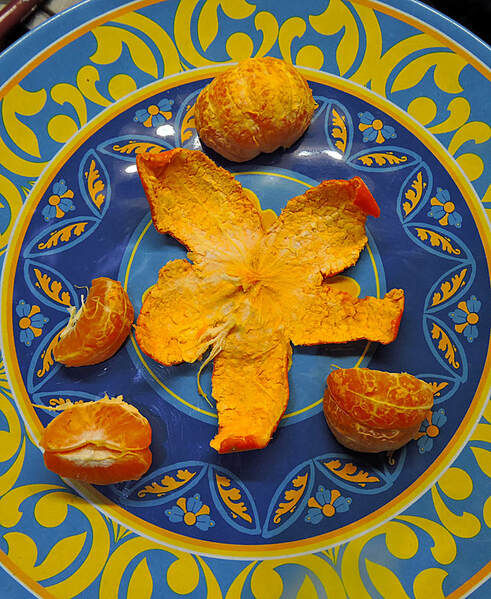
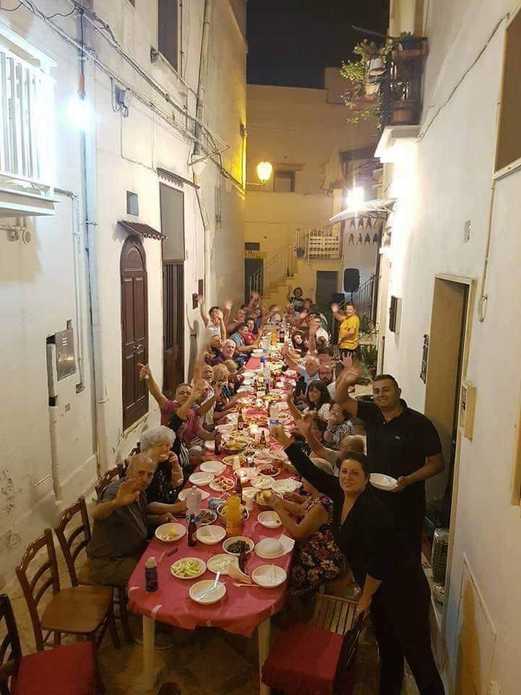
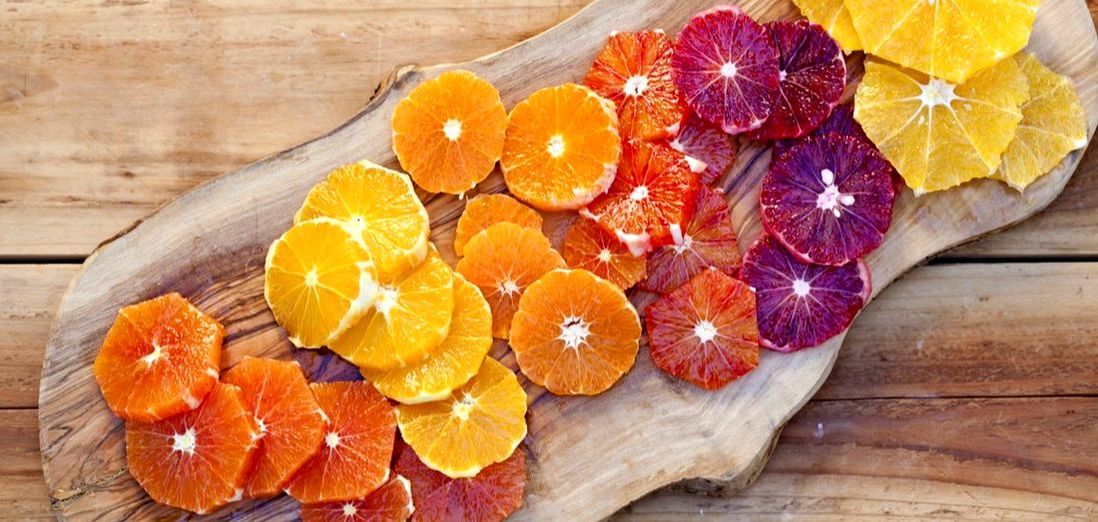
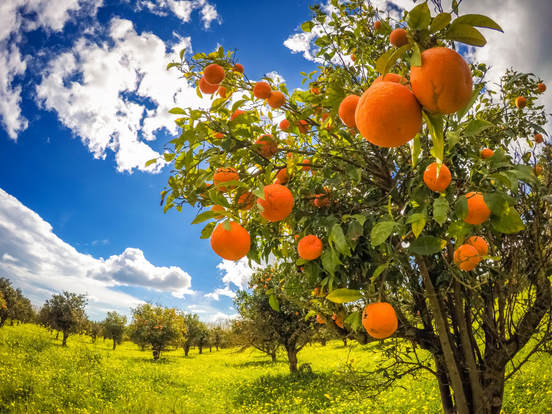
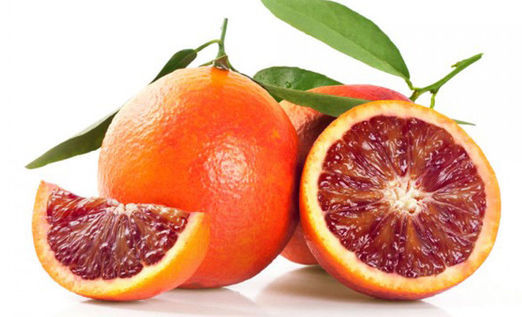
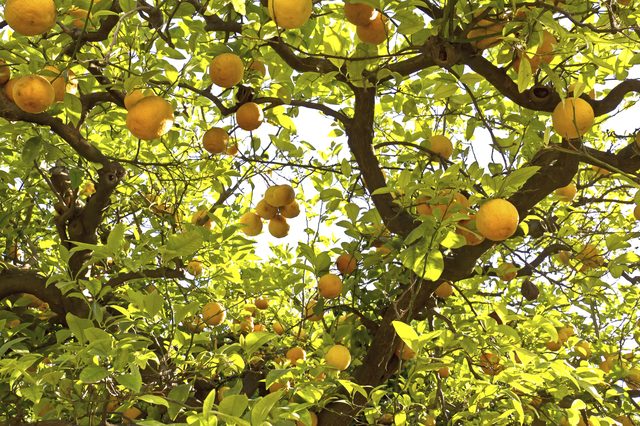
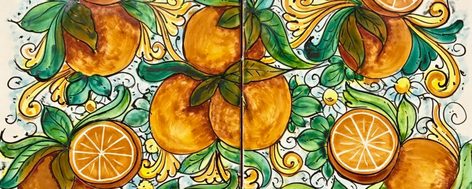
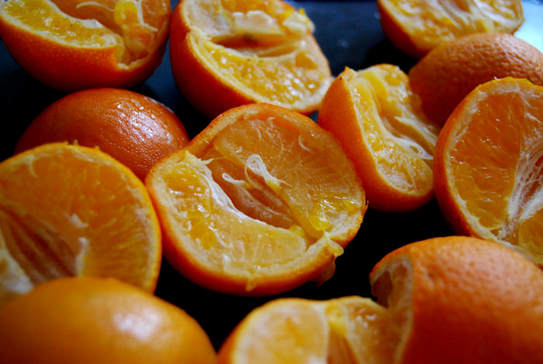
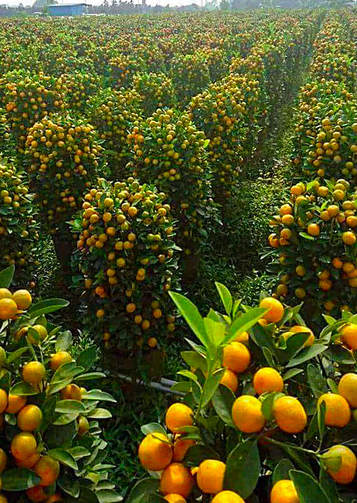
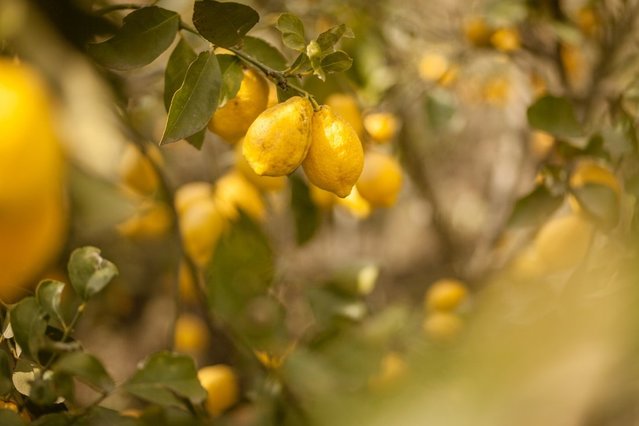
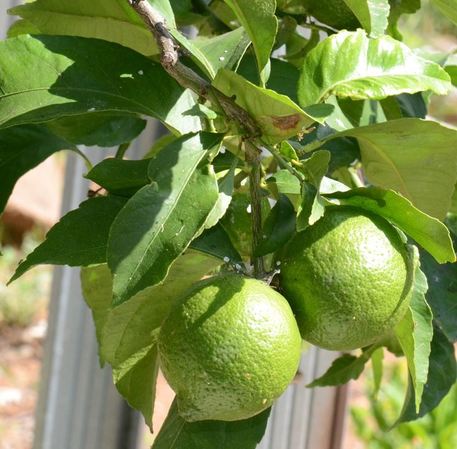
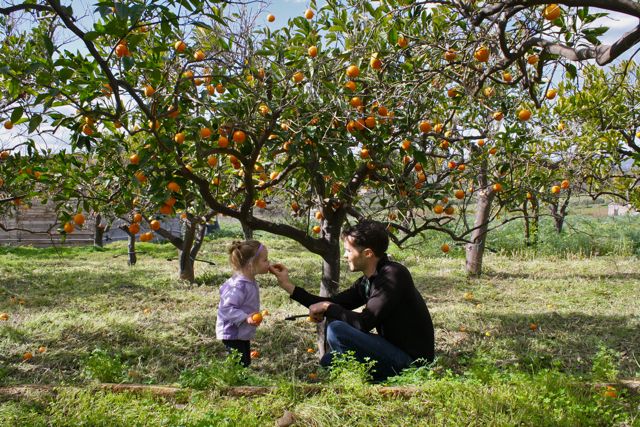
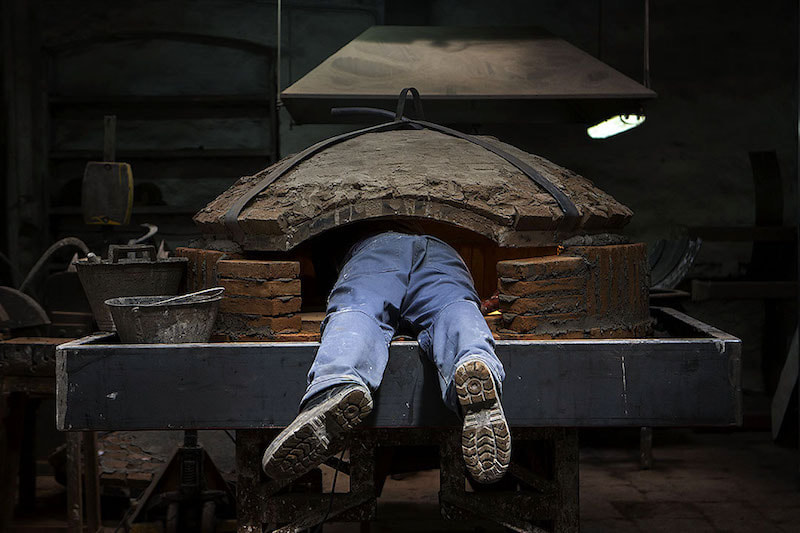
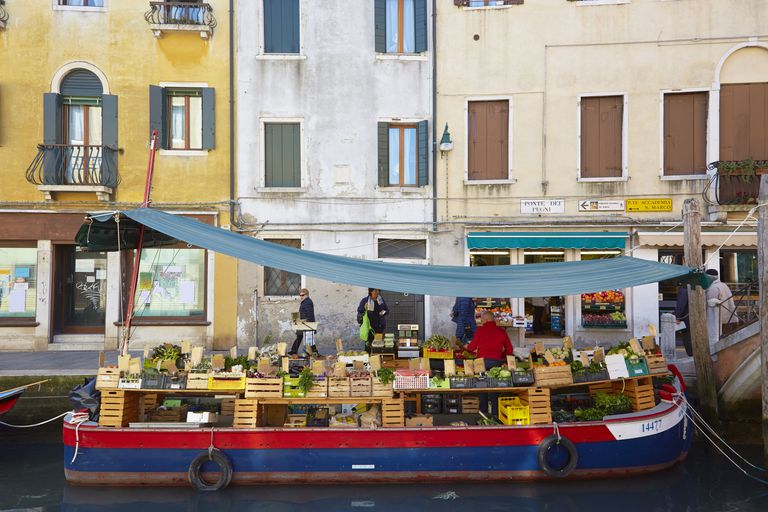
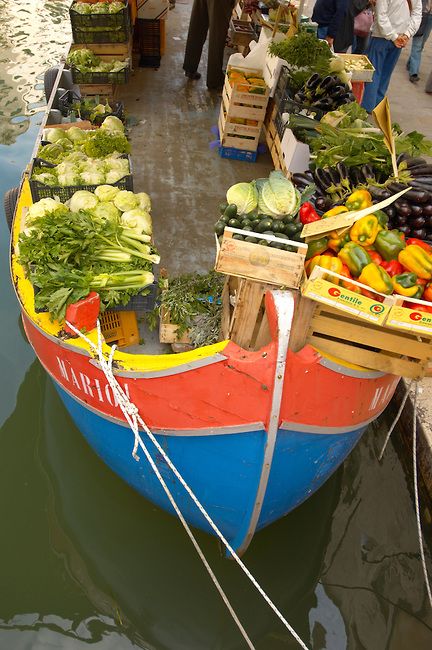
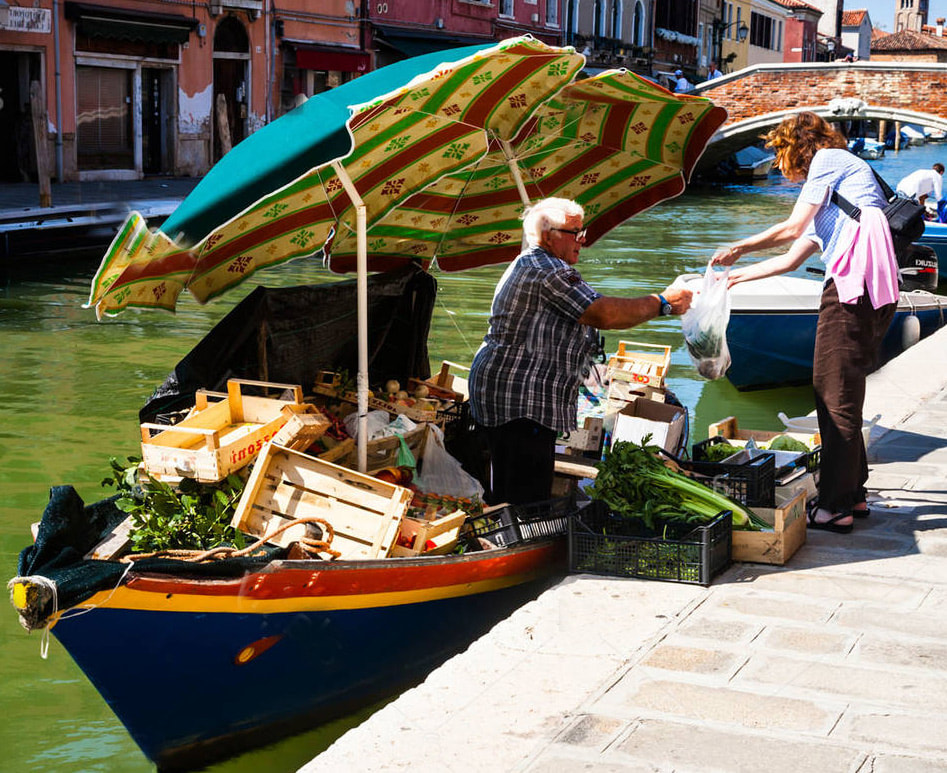
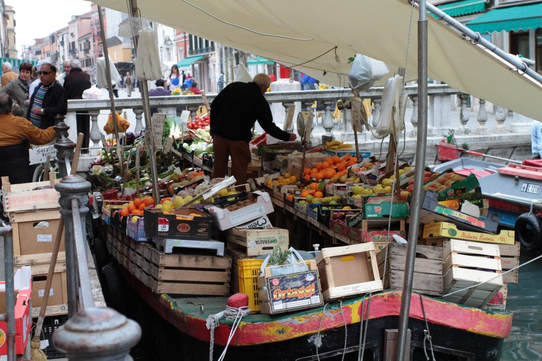
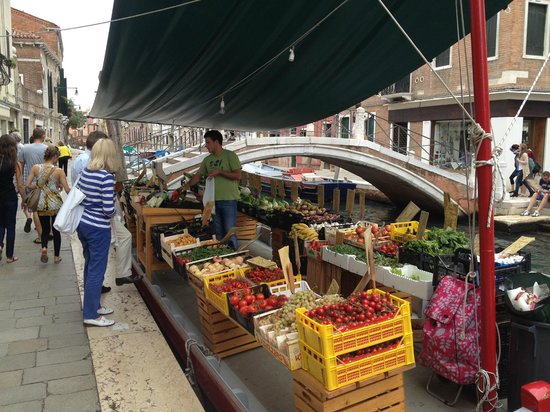
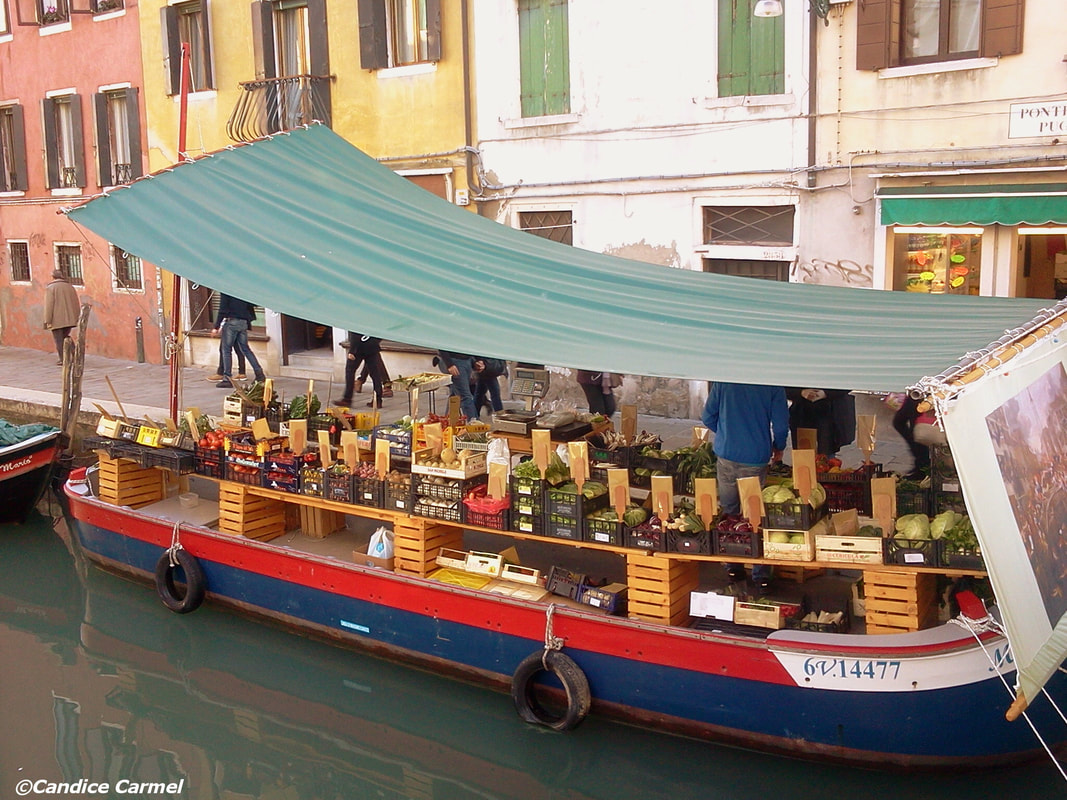
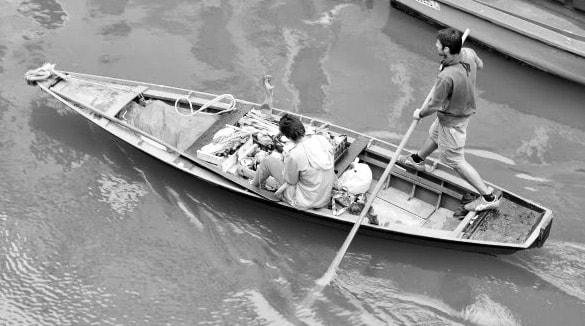
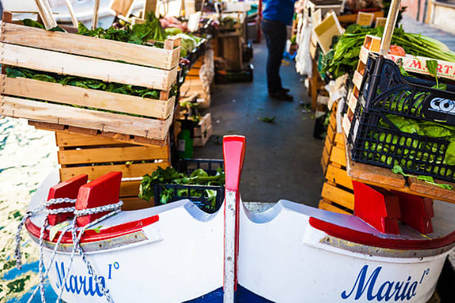
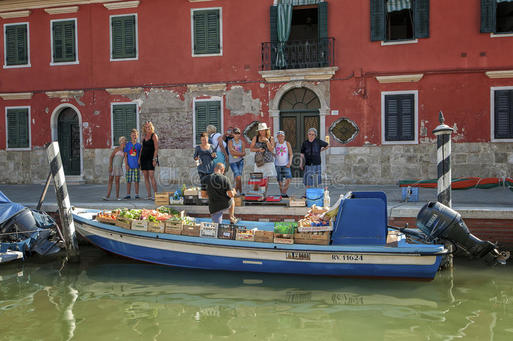
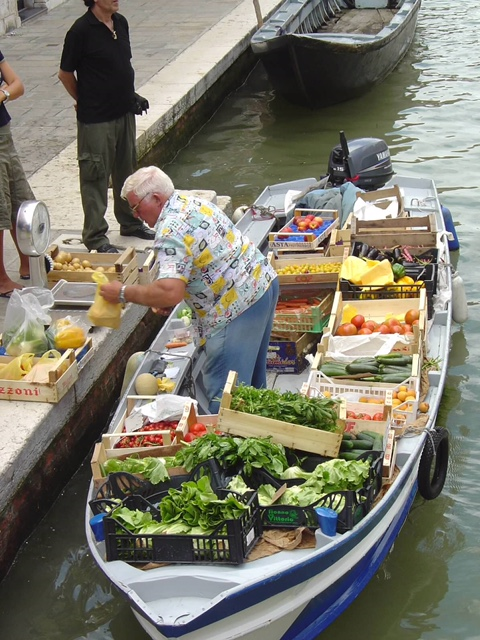
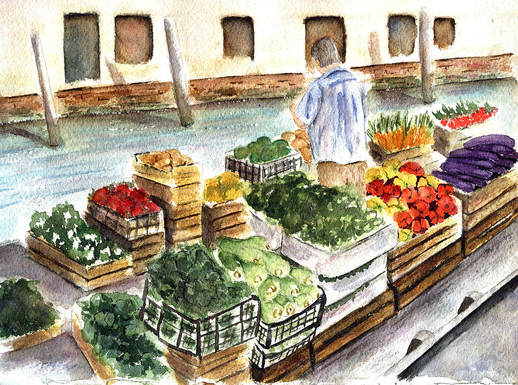
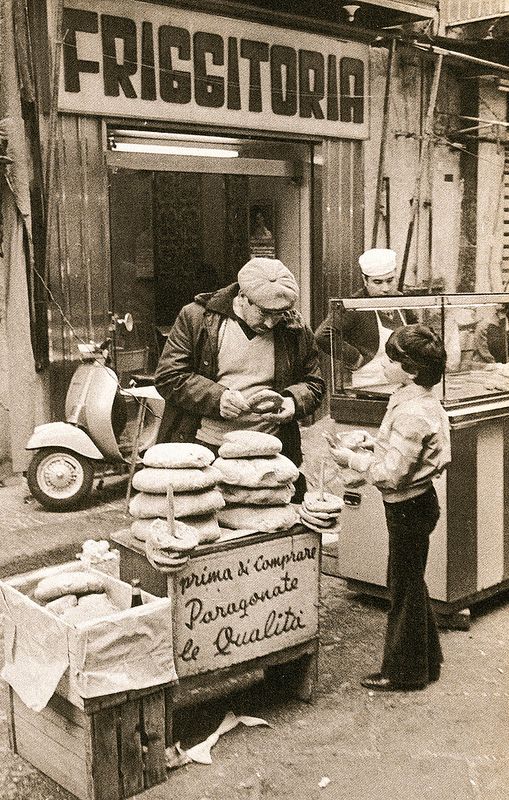
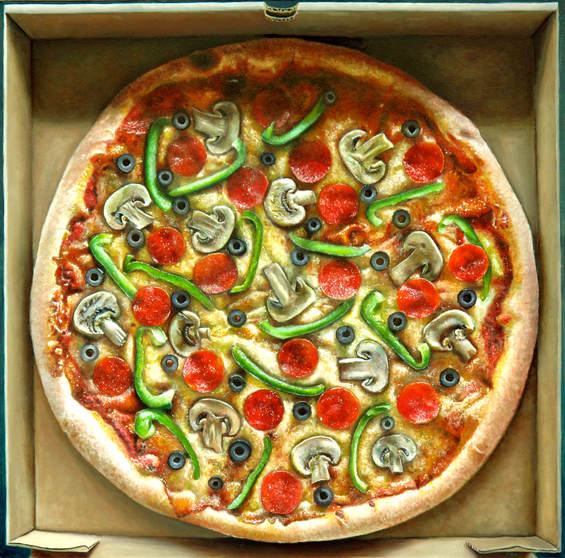
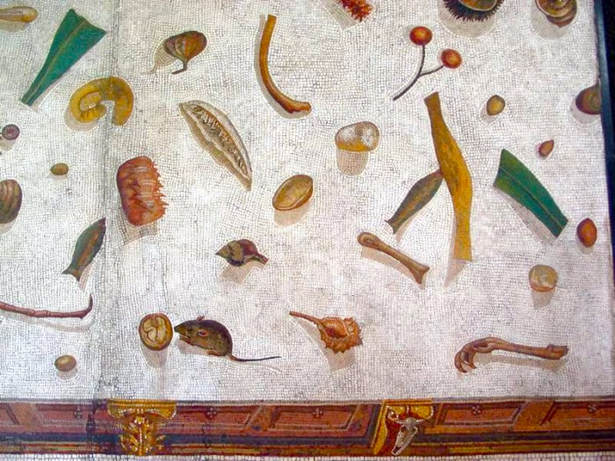
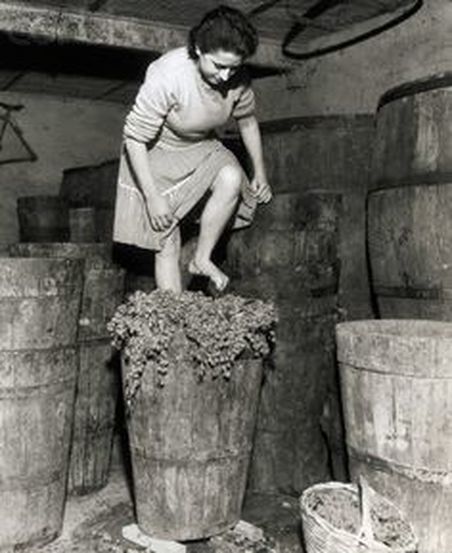

 RSS Feed
RSS Feed
